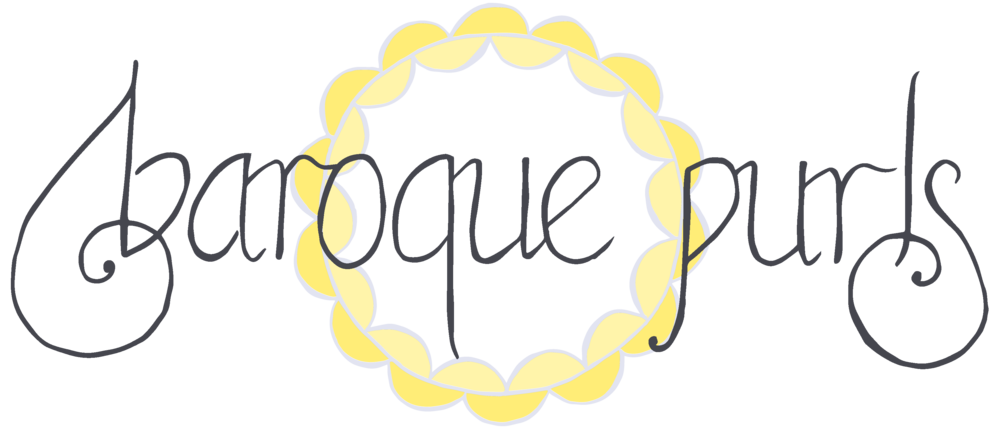I had a rare treat last night - I got to sing with a consort of viols! A bit like this one, except wearing jeans and woolly jumpers:
Willie and I are staying with the Olivers, who are old-school early music enthusiasts. They play various string and wind instruments including viols, renaissance flutes, a shawm, a rebec, a psaltery, and virginals. They host a viol consort on Monday nights, and Robert invited me to sing some consort songs with them.
Elizabethan consort songs involve a singer plus a viol consort (hence the name), and they're quite challenging because the musical style is dense and complex - each player's musical phrases often overlap with the other players', which can make it tricky to find your place again if you get lost. The secret is to just keep counting!
 |
| William Byrd (c.1540-1623) |
The songs we had a go at are all by William Byrd, and they are absolutely beautiful. I love that the voice part is really just another instrument - many of these works can be performed just as easily by all singers, or all instruments, or a mixture. The texts are melancholy (and in some cases moralistic), and I enjoyed making the most of the words once I'd got the hang of the notes. I'd like to learn Elizabethan pronunciation at some stage, to make the rhymes and word-play work as they should.
Here are recordings of three of the songs (I couldn't find any online for 'Blame I confess' or 'O that we woeful wretches could')...
'Ye sacred Muses' (1585) - a lament on the death of Thomas Tallis
'O Lord, how vain are all our frail delights' - with text by Philip Sidney
'Weeping full sore' - a 5-part madrigal from
Songs of Sundrie Natures




















